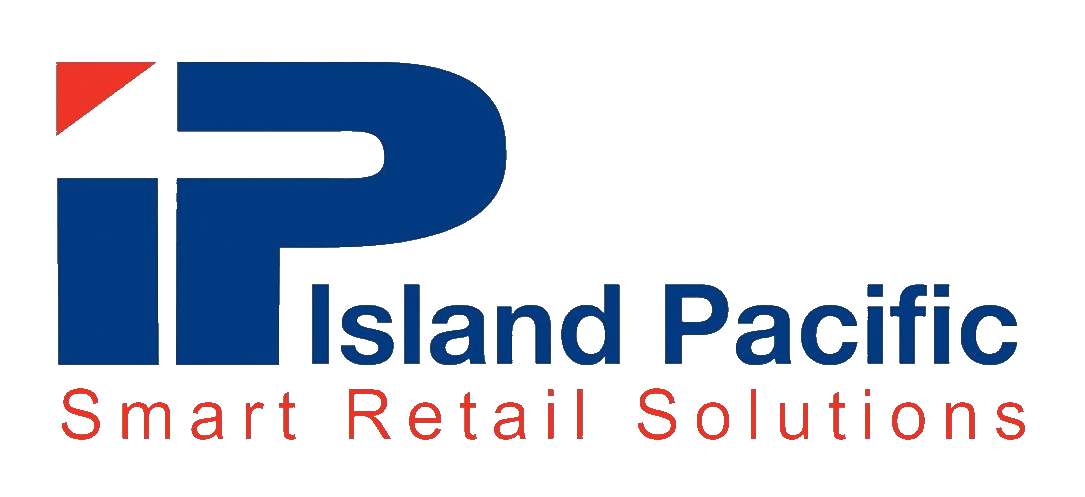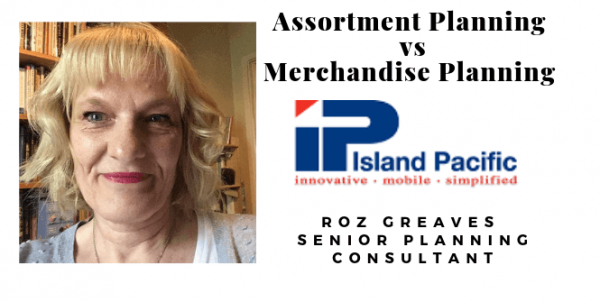Assortment planning versus merchandise planning
A question we frequently hear is what is the difference between Assortment planning and Merchandise planning.
In simple terms, one is the Financial view of the world. The other is translating those financial plans into a framework of the actual product range that will be sold, to achieve those financials.
Your start point is Merchandise planning. You may want to create a separate Pre Season plan or work directly in the Open to Buy / WSSI (Weekly Sales, Stock, Intake)
Things to consider:
- Should the plan be driven by Retail value, units or cost?
- What level of Merchandise/Product do you need to plan?
- What level of Facilities/Location do you need to plan?
- If you’re considering a separate Pre Season plan, what level of Time do you need to plan? Month may suffice here rather than week.
- Is seasonality important to your business? Do you need to separate out continuity versus seasonal fashion product?
- Is a full priced versus markdown split relevant.
- Pick one, no more! Don’t over complicate things.
Planning sales is a given, and markdown, if the plan is a retail value plan, but what should be the intake/stock driver? Should it be stock to derive required intake, or should it be intake to derive stock? Planning stock is more common but some people do plan intake.
If you’re planning stock, what is the best way of planning stock? I prefer using a forward cover, which builds your stock in time for peaks and tucks them in again before a trough, but using a spot cover is always a great sense check.
In-Season Planning
Merchandise planning isn’t confined to a Pre-Season plan, it encompasses in season monitoring, managing and reforecasting. The tool for this is your Open to Buy Plan / WSSI. Here you can monitor and reforecast sales, markdown, actual stocks and intake. By including purchase order information you can see where you have open to buy remaining or where you may need to push and pull deliveries to avoid overstocks.
Nor is Merchandise planning confined to a focus on product. In parallel, a plan should be derived from a store/channel perspective. This is usually at a much higher level of Product but allows for a viewpoint form the operators, the retailers. Teams can then look at Like for Like (LFL) or comparative growth without a changing store landscape muddying the waters.
Find out more about the key benefits of Island Pacific’s Assortment Planning and Merchandise Planning capabilities.

